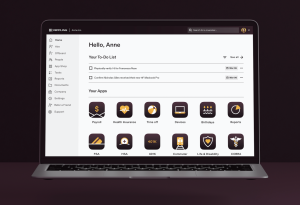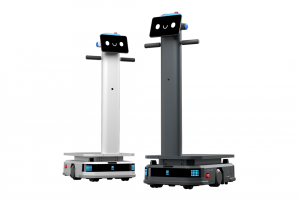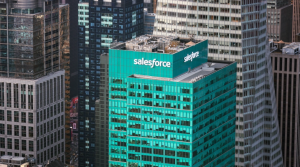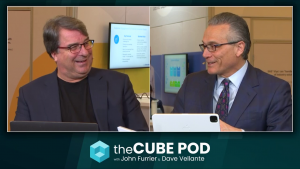Sabotage is the Name of the Stuxnet Game
For one, portable device adoption is growing quickly. Strategies and issues around the management and security of these devices are becoming very real to corporate environments and of course the consumer markets as well. These devices are seeping in to these environments with little to nothing security-wise in place due to limited technology to manage the above mentioned concerns. There are enormous volumes of data that are growing “in the cloud”, on devices themselves, and in massive data stores, including health, financial, personal, corporate and national information. Social media, more often than not is not private and it is rapidly replacing email as a primary form of communication, and even worse – it is forever out there. Rapid intelligence and information can easily be compiled from sources like this alone.
One of the most serious threats in existence today is Stuxnet. Last week, when the security firm HBGary was hacked by the Anonymous group, emails from McAfee to HBGary were recovered and released on the internet. Reportedly a piece of or the actual code for Stuxnet was included in that. At a minimum it is reported that the information contained in that transmission is enough of a roadmap to create clones or variants of the Stuxnet virus. This malware is perhaps the most significant cyberweapon to have ever been released and reported. In July of 2010, it was revealed that up to 20% of Iranian nuclear centrifuges were targeted and damaged by Stuxnet infection and set that country’s nuclear ambitions back potentially for a number of years.
In the hands of the right or wrong people, depending on how you look at it, this could be catastrophic in terms of its scope of potential damage. In November, the Senate Committee on Homeland Security and Governmental Affairs conducted a meeting described as “Securing Critical Infrastructure in the Age of Stuxnet.”
At the RSA Conference Symantec president and CEO Enrique Salem pointed to the day of July 13, 2010 a harbinger of things to come. That day marked the discovery of Stuxnet, which Salem states:
“”When you look at Stuxnet, it will be remembered as the attack that moved the game from espionage to sabotage…This is a sophisticated, elaborate and meant-to-destroy attack.” .
This malware that has been described as unsophisticated, but the result of lots of focused and determined work by a number of experts, in one case:
“A hacker did not write this, it appears to be something that would be produced by a team using a process, all of the components were created using code similar to what is already publically available. That is to say it’s ‘unremarkable’. This was created by a software development team and while the coders were professional level I am really not impressed with the end product, it looks like a picture a child painted with finger paints.”
Back to Symantec, it is offering a potential solution through its offering Symantec Endpoint Protection 12 and a concept known as “O3”, which refers to ozone – named after that element which is above the clouds. Described as an approach that is a “layer above the clouds policy, protection and monitoring”, as Salem stated.
The bottom line is that concepts and positions on security have to adapt to this and other threats. It is no longer about just compliance anymore or a defaced corporate webpage. A multi-faceted approach of prevention, detection, auditing and much more needs to be implemented in what is likely to be a very painful and costly endeavor. Being the target of espionage, financial compromise, destruction of physical and intellectual assets, loss of reputation or any other number of potential vectors for cyber threat compromises is much more significant than any bottom line expense considerations. At a minimum, as an industry , we must implement at least the most critical of security measures and do so with a renewed sense of urgency in today’s climate of threat.
A message from John Furrier, co-founder of SiliconANGLE:
Your vote of support is important to us and it helps us keep the content FREE.
One click below supports our mission to provide free, deep, and relevant content.
Join our community on YouTube
Join the community that includes more than 15,000 #CubeAlumni experts, including Amazon.com CEO Andy Jassy, Dell Technologies founder and CEO Michael Dell, Intel CEO Pat Gelsinger, and many more luminaries and experts.
THANK YOU













